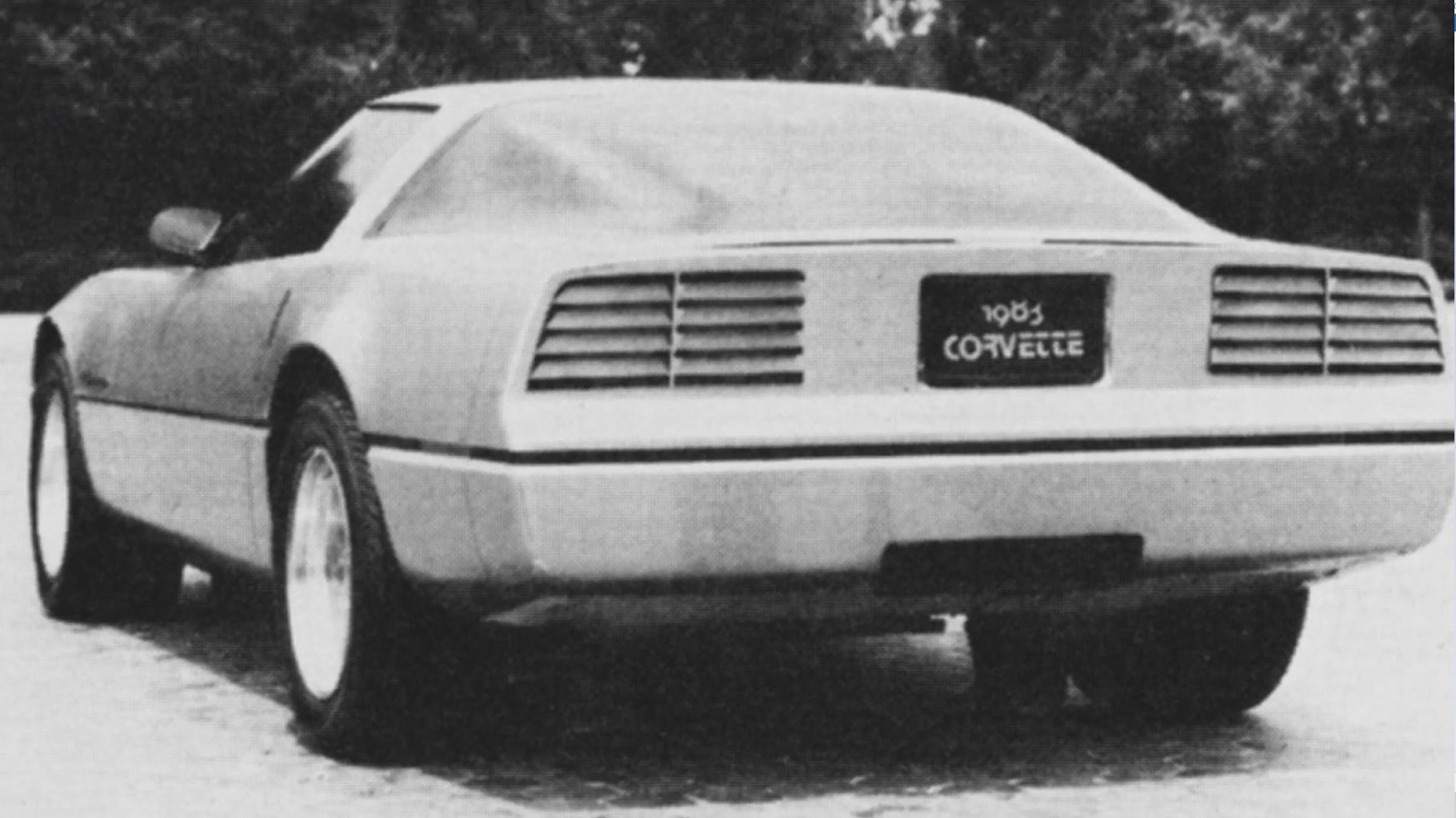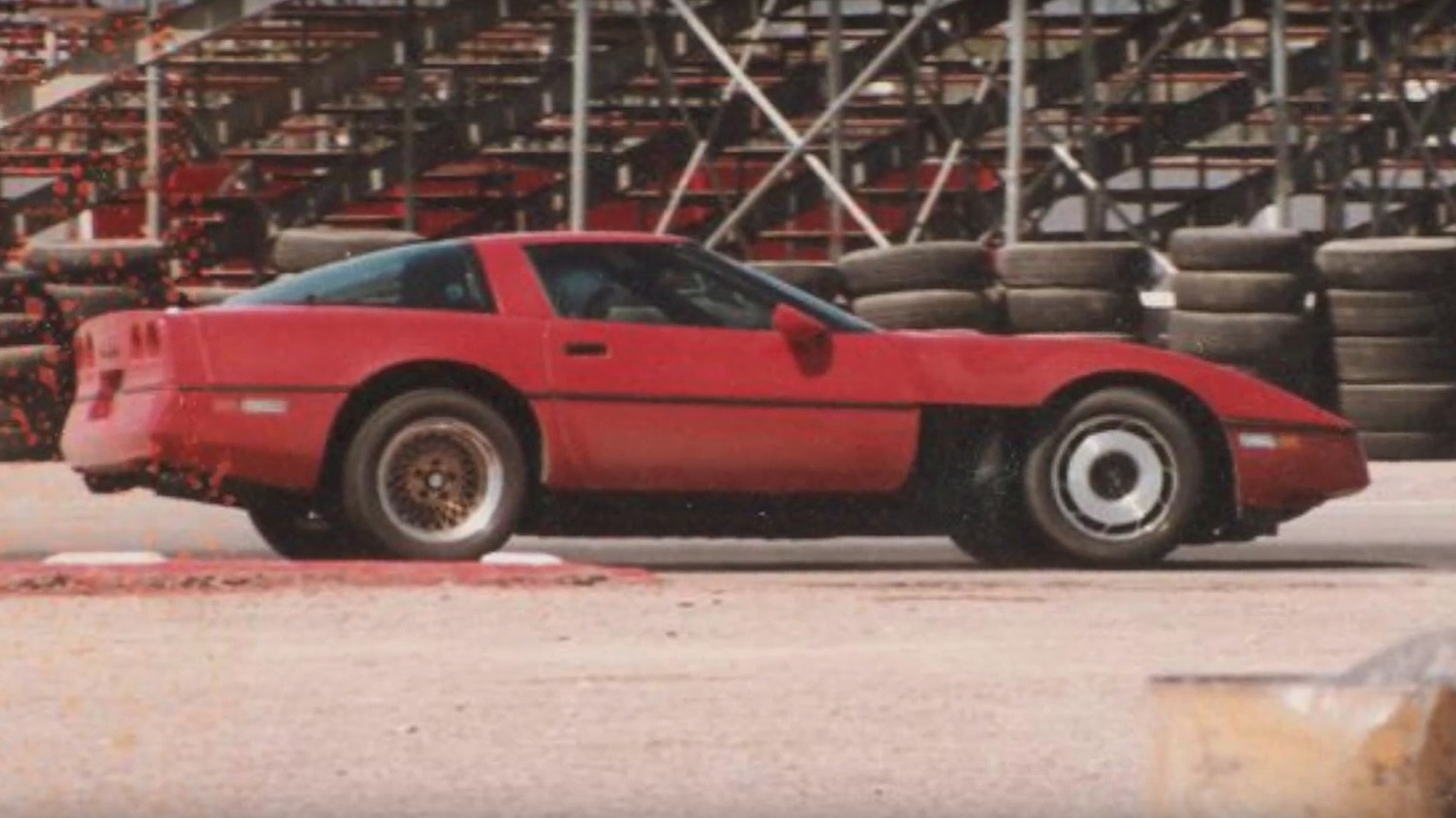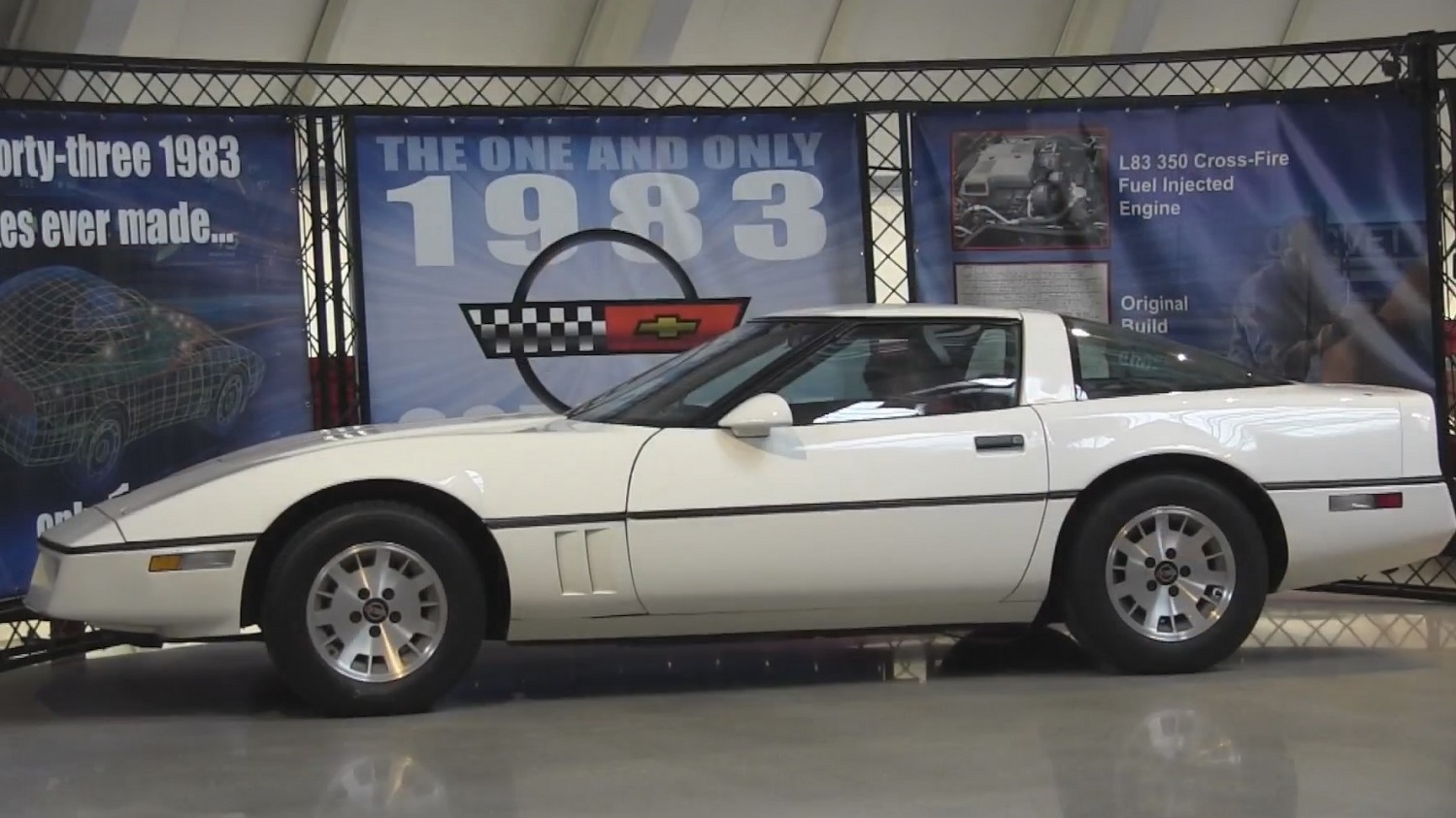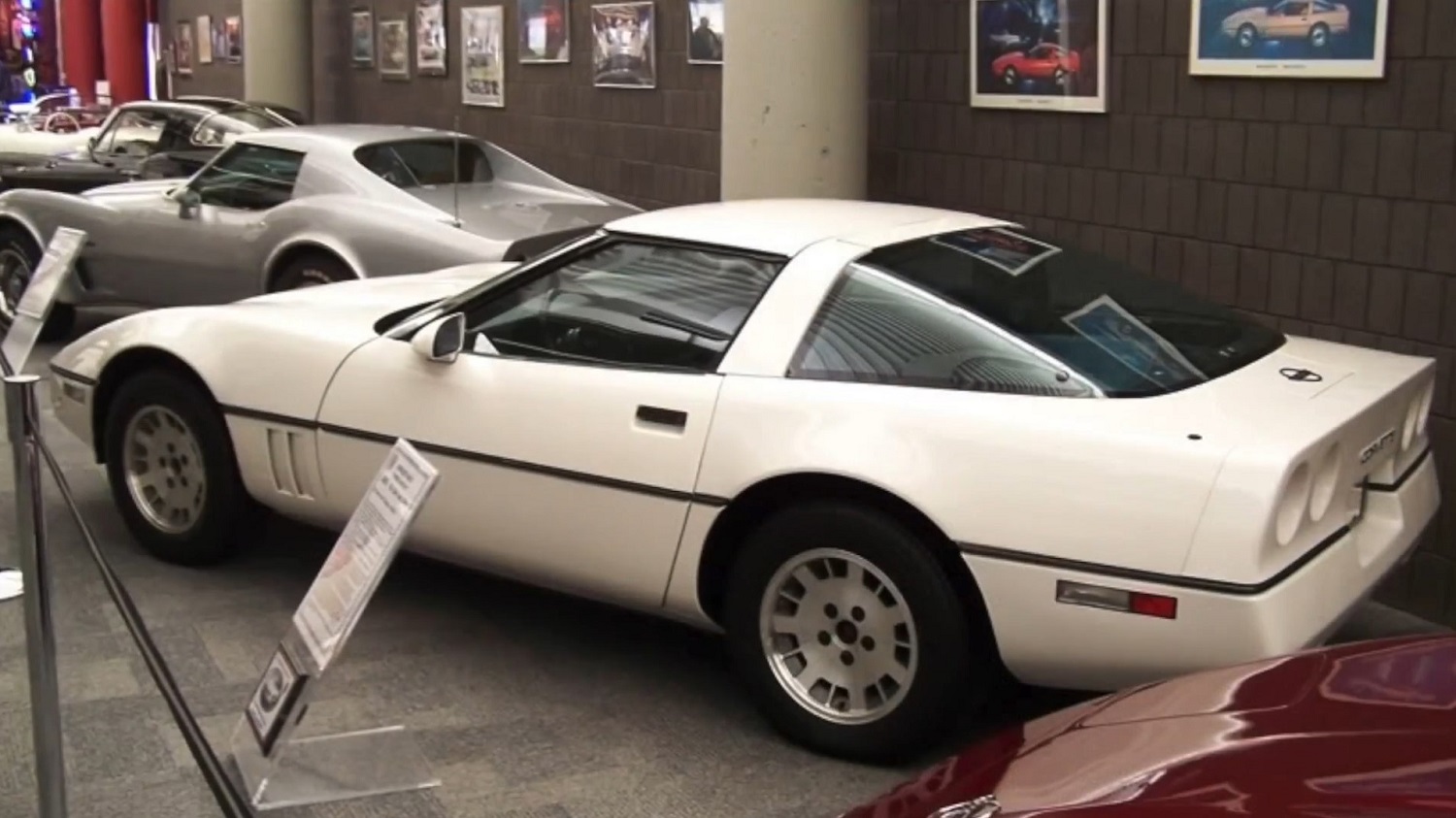General Motors has long been a titan of automotive innovation, bringing countless vehicles to roads across the world.
While icons like the Corvette and Camaro dominate headlines and car shows, many other GM creations have quietly slipped into obscurity.
Unique engineering, bold styling, or ahead-of-their-time features often weren’t enough to keep these models in the public eye.
Sometimes, it’s market timing or sheer bad luck that keeps a great car from finding its audience.
This list uncovers 20 GM cars that deserved far more love—fascinating vehicles that, for one reason or another, most people have forgotten.
Rediscover what made these models special and why they’re worth another look.
When it comes to reliability, Toyota stands in a league of its own.
The brand’s reputation for building vehicles that thrive well past the 300,000-mile mark is no accident.
Toyota engineers design cars and trucks with longevity in mind—emphasizing simple, proven technologies and rigorous quality control.
This dedication to durability has made Toyota a favorite among drivers who need a vehicle that won’t let them down.
Whether it’s the legendary Corolla or a rugged Land Cruiser, countless Toyotas have become stories of endurance, outlasting competitors and earning the trust of millions worldwide.
What makes these vehicles so unstoppable?
Let’s explore the iconic models that seem to never call it quits.
This 1937 Chevrolet Master Town Sedan street rod is comprised of a steel body finished in red and equipped with a chrome grille and bumpers, running boards, full fenders, and custom pinstriping. Power is provided by a 350ci crate V8 linked with a TH400 three-speed automatic, and equipment includes a Holley carburetor, a B&M dual-plenum air cleaner, block-hugger headers, MagnaFlow mufflers, and electronic ignition. The car rides on a Mustang II-style independent front suspension with power steering and front disc brakes, and the chrome Cragar Star Wire wheels wear BFGoodrich radials. The cabin is outfitted with air conditioning, AutoMeter gauges, a Pioneer CD stereo, a Lecarra steering wheel, a PA system, and front bucket seats trimmed in gray and red upholstery. This ’37 Chevy street rod is now offered by the selling dealer with transferable New York registration.

The steel bodywork is finished in red and is said to ride on a factory steel frame, per the selling dealer. Styling details include full fenders, running boards, a hood ornament, a chrome grille and overrider bumpers, a third brake light, a Fisher body tag, side mirrors, custom pinstriping, and polished slash-cut exhaust finishers.

Chrome-finished Cragar Star Wire 14″ and 15″ rear wheels are mounted with BFGoodrich Radial T/A tires. The car rides on a Mustang II-style independent front suspension with power-assisted rack-and-pinion steering and front disc brakes.

The replacement front bucket seats and rear bench are trimmed in gray cloth with red stripes, and matching upholstery adorns the doors and rear side panels. Amenities include air conditioning, power-operated windows, a rear-seat armrest, a Pioneer CD head unit, and a PA system with a microphone.

The Lecarra steering wheel is trimmed in gray leather and sits on a tilting column with a billet gear lever and stalks. AutoMeter instrumentation includes a 120-mph speedometer and readouts for voltage, water temperature, oil pressure, and fuel level. A tachometer is mounted below the dashboard. The five-digit odometer shows 32k miles, and the total mileage is unknown.

The selling dealer tells us the 350ci V8 is a ZZ4 crate engine, and it breathes through a B&M Hi-Tek dual-plenum air cleaner atop a Holley four-barrel carburetor. It is also equipped with finned valve covers, a polished intake manifold, an aluminum radiator, and electronic ignition.

Power is sent to the rear wheels through a TH400 three-speed automatic transmission and a 10-bolt rear axle with 3.23:1 gears. The block-hugger headers are topped with chrome heat shields and are linked to a dual exhaust system with MagnaFlow mufflers.

The car is being sold on its transferable New York registration, which serves as the ownership document for a vehicle of its age in the state. The VIN on the registration matches the VIN displayed on the Kansas Assigned Number tag shown above.
This 1936 Cord 810 Westchester was purchased by the current owner in 2012 and was subsequently refurbished and modified with the installation of a 6.2-liter LS3 V8, a 4L60E four-speed automatic transmission, power-adjustable front bucket seats, and burgundy leather upholstery. The car is finished in cream, and additional equipment includes an aluminum radiator, a dual exhaust system, independent front suspension, Chevrolet-sourced four-wheel disc brakes, electric hideaway headlights, and a flat-back trunk. Inside, amenities include an air-conditioning system, power windows, a Clarion CD stereo, a backup camera, a navigation system, a dash-mounted mirror with an inset clock, and lap belts. This LS3-powered Cord is now offered by the seller on behalf of the owner with a California title.

The Cord 810 was introduced in late 1935 for the 1936 model year and returned for 1937 as the 812 before the Auburn Automobile Company ceased manufacture of the Cord marque. Gordon Buehrig-penned styling included a “coffin-nose” front profile with a louvered wraparound grille, a rear-hinged hood, and concealed door hinges. Six body styles were offered during the production run, including a pair of two-door convertibles and four four-door, fixed-roof variants.

This example is finished in cream with chrome bumpers with overriders, dual side-view mirrors, rear-hinged front doors, and a flat-back trunk. The hideaway headlights feature electric motors, and the seller tells us that they open in unison using a key fob controller.

Body-color steel wheels wear chrome hubcaps and are mounted with Uniroyal whitewall radial tires. The chassis features a tubular steel front subframe with independent suspension, while the live rear axle is equipped with leaf springs and a sway bar. Stopping power is provided by Chevrolet-sourced discs at all four corners.

The cabin features six-way power-adjustable front seats that were installed under current ownership before the seats, headliner, and door panels were retrimmed in burgundy leather. Color-coordinated carpets line the floors, and additional equipment includes dual gloveboxes, air conditioning, power windows, a Clarion CD stereo, a backup camera, a hide-away navigation system, a dash-mounted mirror with an inset clock, and lap belts. The dash-mounted headlight hand cranks are disconnected.

The banjo-style steering wheel is mounted on a tilt column ahead of an engine-turned panel housing Classic Instruments gauges. They include a 140-mph speedometer, an 8k-rpm tachometer, a clock, and readouts for coolant temperature, oil pressure, fuel level, and voltage. The six-digit odometer shows 6k miles, approximately 5,800 of which were added under current ownership. Total mileage is unknown.

The seller tells us that a previously-installed LS1 V8 was replaced with a 6.2-liter LS3 V8 that features Corvette-branded covers as well as a cold-air intake. An aluminum radiator is also fitted.

The driveline has been converted from front- to rear-wheel drive, and the 4L60E four-speed automatic transmission was installed under current ownership.
The California title carries a “not actual mileage” note.
This 1932 Ford roadster is the result of a custom build completed in 2019 that involved mounting a full-fendered Brookville Roadster body to a modified chassis with a TCI independent front suspension setup, a Kugel Komponents independent rear suspension assembly with adjustable coilovers, and four-wheel disc brakes with inboard-mounted rear rotors. The body was painted in silver over gold and features a removable tan soft top, a chrome spreader bar, a rear roll pan, louvered hood side panels, and stainless running board inserts. Inside, low-back seats are trimmed in beige and brown vinyl and accompanied by a Lokar shifter and Classic Instruments gauges. Power is provided by a rebuilt 5.0-liter V8 with electronic fuel injection, an MSD distributor, a Ford Racing camshaft, Trick Flow Specialties cylinder heads, and a 65mm throttle body. This 1932 Ford street rod was purchased by the seller in 2025 and is now offered with build records and photos, spare parts, and a clean Arizona title in the seller’s name.

The steel Brookville Roadster body is finished in PPG Prizmatique silver over a sand beige basecoat with a gold metallic topcoat. Details include a chrome spreader bar and headlight bar, a rear roll pan, full fenders and running boards, LED taillights, and polished stainless tread moldings on the running boards. The soft top has a fixed rear window and is fully removable.

The car rides on a modified chassis with an orange-painted frame and polished suspension components consisting of a TCI independent front suspension setup along with a Kugel Komponents independent rear assembly with adjustable coilovers.

Polished Torq Thrust-style wheels are wrapped in big and little Pirelli tires measuring 195/60 up front and 265/70 out back. Braking is handled by four-wheel discs with inboard-mounted rear rotors, and an electronic parking brake is installed.

The cabin houses low-back bucket seats are trimmed in beige and brown vinyl along with coordinated door panels and carpets. The trunk is trimmed to match, and the custom center console surrounds a Lokar shifter.

The wood-rimmed steering wheel is mounted to a polished tilting column ahead of a body-color dash panel. The central Classic Instruments gauge cluster houses a 140-mph speedometer, a tachometer, and readouts for fuel level, voltage, coolant temperature, and oil pressure. The five-digit odometer shows 1,900 miles, approximately 15 of which were added under current ownership.

The fuel-injected 5.0-liter V8 was bored .030″ over and rebuilt using Eagle connecting rods, Trick Flow Specialties Twisted Wedge cylinder heads, a Ford Racing camshaft, and COMP Cams roller rocker arms. It is also equipped with a 65mm throttle body, a custom air intake tube, an MSD distributor, and an aluminum radiator with an electric fan. Power is sent to the rear wheels through a four-speed automatic transmission.
What makes a car a true legend? For many, it’s the rare ability to cross the 300,000-mile threshold—and keep on rolling. These high-mileage heroes aren’t just lucky; they’re the result of exceptional engineering, thoughtful design, and diligent care.
While most vehicles fade long before this milestone, some models defy expectations, earning a reputation for almost mythical reliability. What sets them apart? We’ll explore the stories, secrets, and science behind the vehicles that have redefined what it means to go the distance.
Imagine carving up corners on a twisty circuit, then cruising home in comfort—without emptying your bank account.
Track days aren’t just for the wealthy or the elite; a new generation of enthusiasts is proving you can have fun and practicality in the same affordable package.
These budget-friendly track toys strike a balance between weekend performance and weekday usability.
Whether you’re a rookie or a seasoned gearhead, there’s never been a better time to experience the joy of accessible speed.
Let’s explore the top picks that deliver excitement without compromise.
When it comes to true luxury, stealth wealth cars lead the way—delivering top-tier comfort, cutting-edge technology, and exhilarating performance, all wrapped in a subtle exterior.
Unlike their flamboyant counterparts, these vehicles are designed for those who value discretion over attention.
For many, it’s not about turning heads; it’s about enjoying refined experiences in a package that speaks softly, yet carries serious prestige.
This world of understated luxury appeals to individuals who want the best, without broadcasting it to everyone on the road.
As the automotive world races into 2025, more drivers than ever are seeking dependable SUVs that deliver peace of mind alongside cutting-edge features.
Reliability has become a top priority—not just for families, but for anyone who values longevity, safety, and robust engineering in their daily drive.
This carefully curated list spotlights twenty 2025 SUVs recognized for their durability and consistent performance.
Whether you crave innovative technology, a reputation for safety, or proven engineering, these models are the standouts you can truly count on.
Chevrolet has produced close to two million Corvettes over the past 72 years, but if you look at certain points in the car’s history, you’ll see that some are much rarer than others. For instance, Chevy only built five 1963 Grand Sports, and there were supposedly only two ’69 ZL1s. As the following video from the National Corvette Museum shows, there was no official 1983 Corvette, but one of the pre-production cars still exists thanks to an odd combination of circumstances.

According to Dave McLellan, the Corvette’s chief engineer from 1975 until 1992, the third-generation Corvette ran too long, and GM had trouble adapting to the changing safety, emissions, and fuel economy regulations of the time. Clearly, “America’s Sports Car” needed to be brought up to date, which led to the initial concept of the C4 Corvette in the late 1970s/early 1980s.

Despite the use of computers and mathematical analysis in the C4‘s development, rigorous testing at the Milford Proving Grounds, and tireless work to fix various problems, the team behind the new Corvette ultimately decided to skip the 1983 model year. It simply needed more time to get the next generation of an automotive icon right.

That left the Corvette team with a bunch of pre-production cars that couldn’t be sold and needed to be destroyed. Instead of having them trucked away to be disposed of off-site, Chevy called in a mobile crusher, which processed all of them except one. Luckily for Corvette fans, it was raining the day that the car was supposed to be turned into a giant paperweight. Ralph Montileone, Quality Manager at Bowling Green Assembly Plant back then, happened to be wearing a brand-new pair of cowboy boots and didn’t want to ruin them, so he decided to delay the car’s demise until the next day. By then, the crusher was gone.

After that, the last remaining 1983 Corvette development car was largely overlooked and neglected by the Bowling Green facility’s staff. Plant manager Paul Schnoes noticed it, though. At one point, the L83-powered white car had been given a blue nose and lower-body paint along with red stripes, but Schnoes had it returned to its original plain white finish. After the National Corvette Museum opened in 1994, the 1-of-1 1983 Corvette was transferred there, where it remains as a fascinating piece of Corvette history.
